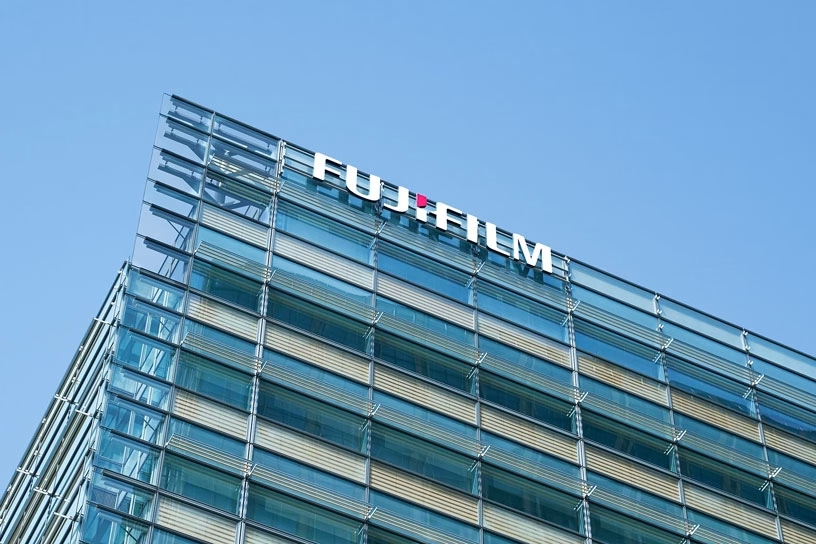Fujifilm Makes it Official: Second Price Increase This Month Hits US Camera Lineup on August 30
This move solidifies what many photographers have suspected for weeks. It's the second significant price adjustment to hit the brand's US products this month, following a sudden, unannounced price hike by major retailers like B&H and Adorama about two weeks ago. That initial jump left the community buzzing with questions, but now we have the official word directly from the source.
The increases are not insignificant, ranging from $50 on some lenses to as much as $500 on high-end GFX bodies. This isn't a blanket percentage increase; instead, it's a targeted adjustment affecting specific products based on a variety of factors.
The Two-Phase Price Hike: What Just Happened?
What makes this situation particularly interesting is the way it unfolded. Around mid-August, photographers noticed that prices for many popular Fujifilm items had crept up overnight at major online retailers. The perpetually in-demand X100VI, the workhorse X-T5, and several key lenses all saw their price tags inflate without any official statement from Fujifilm.
This led to a wave of speculation. Was this a retailer-driven decision to pad margins on high-demand gear, or was it a "soft launch" of a forthcoming official increase? It seems we now have our answer. The August 30th date marks the moment Fujifilm formalizes these adjustments across the board, likely bringing all authorized dealers in line with a new Minimum Advertised Price (MAP).
Think of it like this: the retailers got the initial memo and adjusted their prices early. Now, Fujifilm is making the policy official for everyone. This staggered approach is unusual, but it ultimately leads to the same outcome: Fujifilm gear is about to get more expensive.
Which Cameras and Lenses are Affected?
While Fujifilm hasn't released a complete, exhaustive list, the price changes are widespread. Based on the retailer adjustments and industry reports, here are some of the key products impacted:
- Fujifilm X100VI: The viral compact camera will see its price rise by $100.
- Fujifilm X-T5: This popular hybrid body is expected to increase by $100.
- Fujifilm X-S20: The vlogger-friendly camera is also slated for a $100 increase.
- Fujifilm GFX 100 II: The medium format powerhouse is getting one of the largest bumps, a substantial $500 increase.
- XF Lenses: Many of the most popular X-mount lenses, including primes and zooms, are seeing increases between $50 and $200.
Essentially, if it's a current, popular item in the Fujifilm catalog, there's a good chance its price is going up. Older models or less common lenses might be spared, but the core of the lineup is definitely affected.
The "Why" Behind the Hike: Economic Realities and High Demand
So, why is this happening, especially when the camera market is so competitive? Fujifilm hasn't issued a detailed public statement on the specific reasons, but we can connect the dots based on global economic trends and industry patterns. The answer is likely a combination of factors.
What This Means for Photographers
For the average photographer, the implications are straightforward.
Ultimately, this move signals Fujifilm's confidence in its market position. They're betting that their unique offerings and dedicated user base will weather the price increase. For a company that has carved out a powerful niche against giants like Sony and Canon, it's a bold but perhaps necessary step in today's economic climate. The question is, will photographers continue to see the value proposition as compelling? Time will tell.
